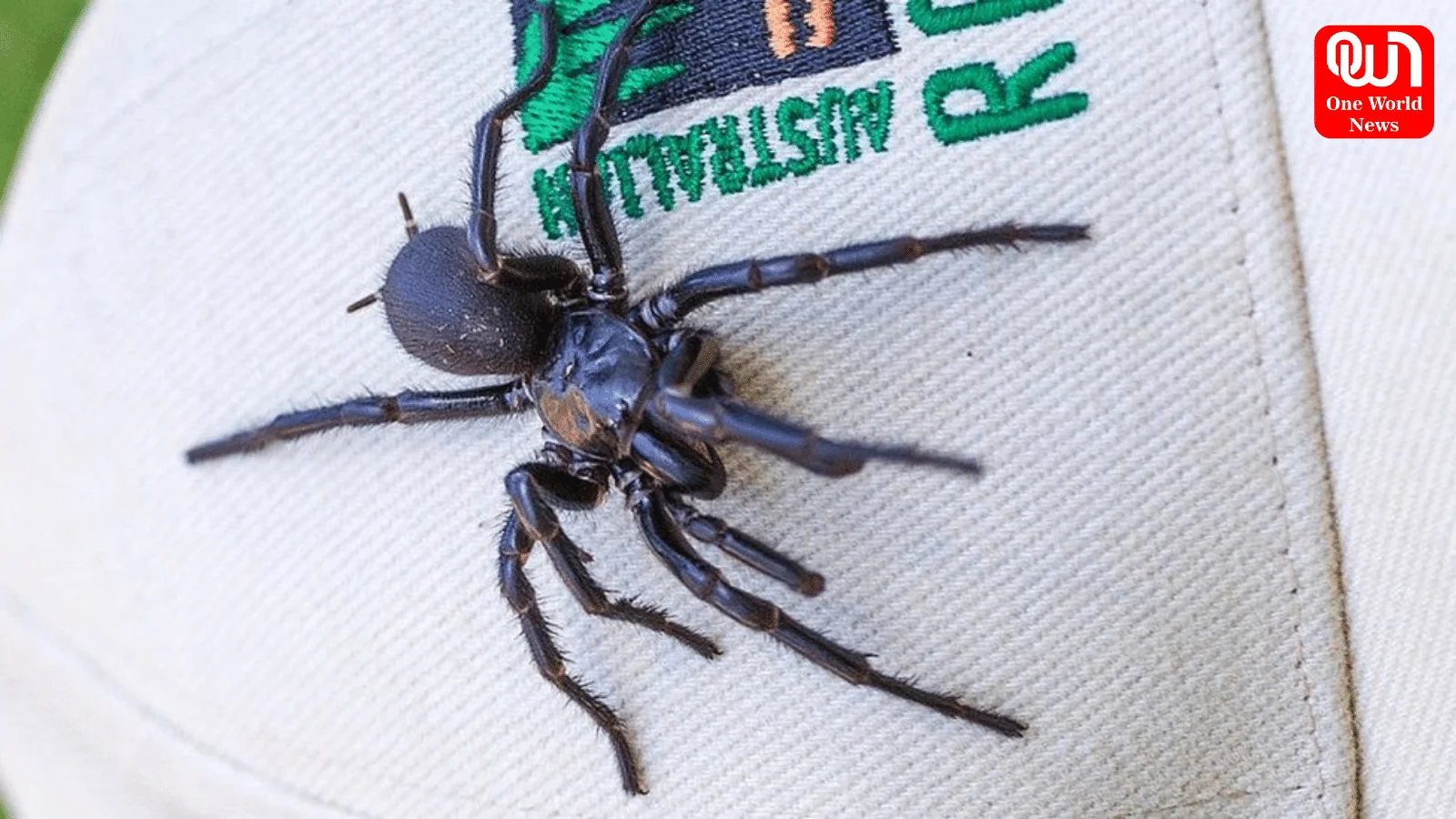Meet Hercules: The World’s Most Poisonous Spider
Hercules, the arena's most poisonous spider, is a charming creature that commands research and fear.
Know About The Deadly Spider – Hercules
In the sizable global arachnids, there are numerous charming and often misunderstood creatures. Among them, Hercules stands proud as the group’s maximum toxic spider. With its lethal venom and specific characteristics, Hercules has captivated the attention of scientists and arachnid lovers alike. In this text, we can delve into the exciting global Hercules, exploring its venom, habitat, and effect on its surroundings.
Appearance and Habitat:
Hercules, scientifically referred to as Latrodectus Hercules is a member of the widow spider family. It is in the main determined within the dense rainforests of South America, especially in Brazil and Venezuela. Measuring about 3 centimetres in length, Hercules is fantastically small compared to other spiders, but its colourful colours and unique markings make it easily recognizable. The male Hercules spiders own a glittery black body with red or orange markings, while the ladies are larger and feature a greater outstanding hourglass-shaped mark on their abdomen.
Read More –Benefits of Malai: 5 Reasons Why Fresh Milk Cream Should Be There in Your Diet
Venom and Toxicity:
Hercules spiders are notorious for his or her venom, which is taken into consideration as one of the maximum potent among all spiders. The venom incorporates a neurotoxin known as latrotoxin, which influences the nervous device of its prey. When injected into a sufferer, the venom causes severe muscle pain, cramping, and paralysis. In some instances, it could also be deadly, mainly to smaller animals or individuals with compromised immune systems. However, it’s critical to word that Hercules spiders hardly ever pose a great threat to people, as they opt to avoid confrontation and only chew when provoked.
Behaviour and Feeding Habits:
Like different widow spiders, Hercules is on the whole a nocturnal hunter. It spins tricky webs in darkish corners or crevices to seize its prey, which particularly includes bugs like flies, beetles, and moths. The spider’s venom immobilises its sufferers, allowing Hercules to safely approach and consume them. Despite its recognition, Hercules spiders are typically non-competitive and like to retreat in preference to interact in a confrontation. They handiest chunk humans as a closing lodge once they sense threatened or cornered.
Read More –Dopamine Dressing: What is this latest trend?
Conservation and Ecological Importance:
While Hercules spiders may additionally inspire fear and intrigue, they play a critical function in their atmosphere. As predators, they help control the populace of insects, preserving stability in the rainforest atmosphere. Additionally, their venom has been difficult in medical research, leading to potential clinical packages. Scientists are analyzing the particular residences of Hercules venom with the hope of developing new treatments for diverse situations, including persistent aches and neurological disorders.
We’re now on WhatsApp. Click to join.
Its venom, habitat, and behaviour make it a topic of medical interest and exploration. While Hercules spiders are not typically a chance to humans, their presence inside the rainforests of South America serves as a reminder of the diverse and difficult internet of lifestyles that exists in our world. By expertise and appreciating creatures like Hercules, we can foster a deeper appreciation for the wonders of nature and the importance of their conservation.
Like this post?
Register at One World News to never miss out on videos, celeb interviews, and best reads








